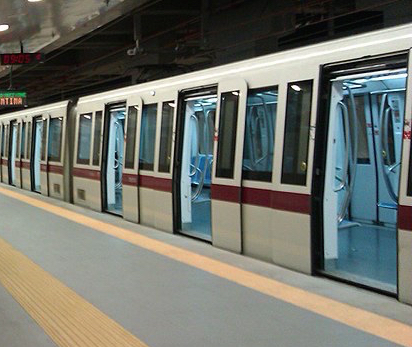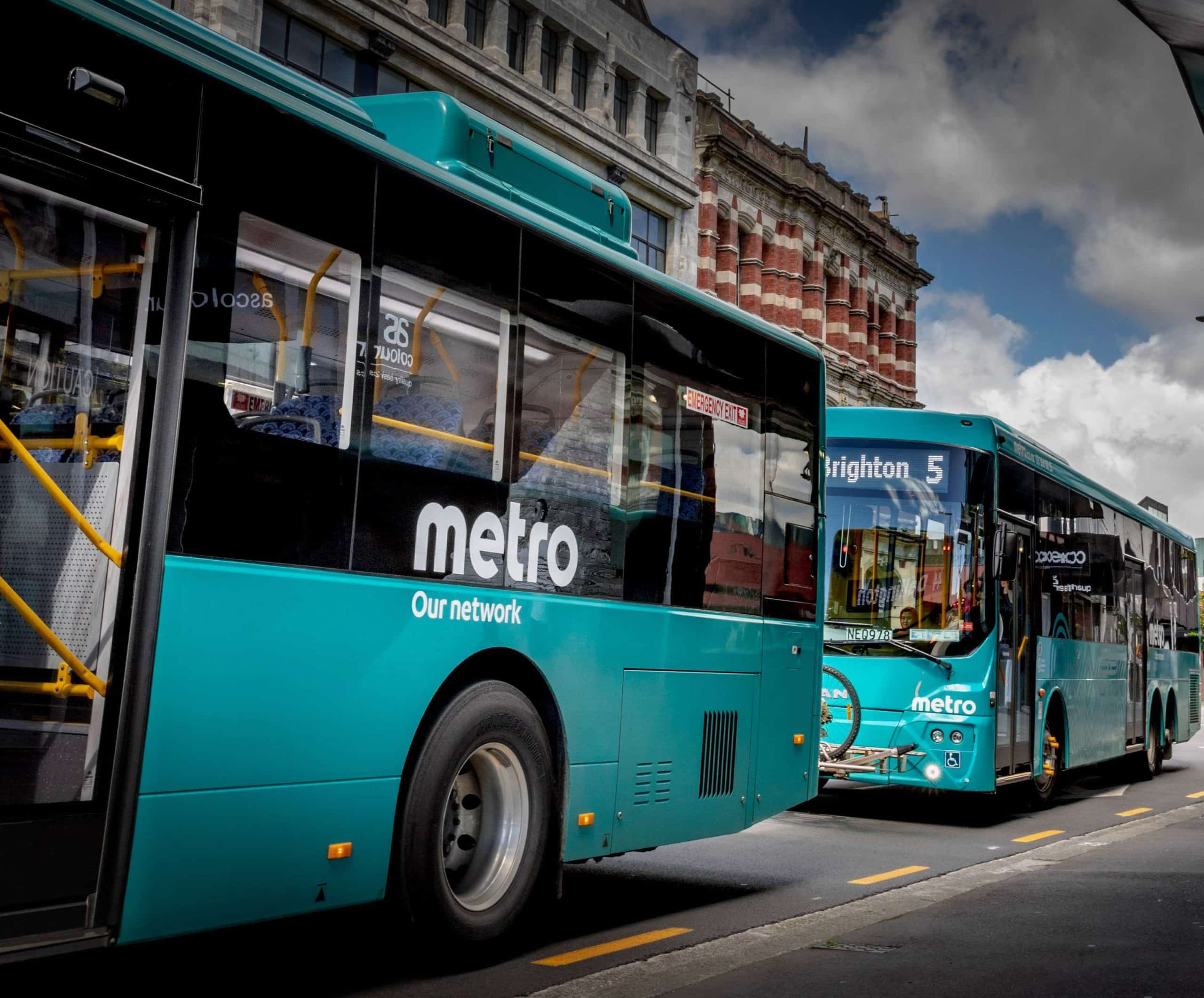
Article Highlights
Both Milan and Rome also offer daily fare capping with contactless payment, with Rome’s ATAC, charging a maximum fare of €7 (US$7.69) on the fifth and succeeding rides. And significantly, if users purchase a monthly pass online with a contactless EMV payment card, they can register the card and use it as the monthly pass on contactless POS terminals, noted ATAC. These terminals will show the card on a “whitelist” and allow the cardholder to pass through the gate.
Fare payments with EMV contactless cards and NFC smartphones and smartwatches have already launched in such major cities as London, Chicago, Vancouver, Sydney, Guangzhou, Singapore and Portland, Ore. A number of other major cities are planning to make the move or have already launched trials or limited rollouts, including New York City, Moscow, St. Petersburg, Boston and Brisbane.
• ATAC
• SIA
• Intesa Sanpaolo
• Mastercard
Rome has become the second major city in Italy–and one of a small but growing number of large cities globally–to enable riders to pay transit fares with EMV contactless credit, debit and prepaid cards and NFC devices.
















